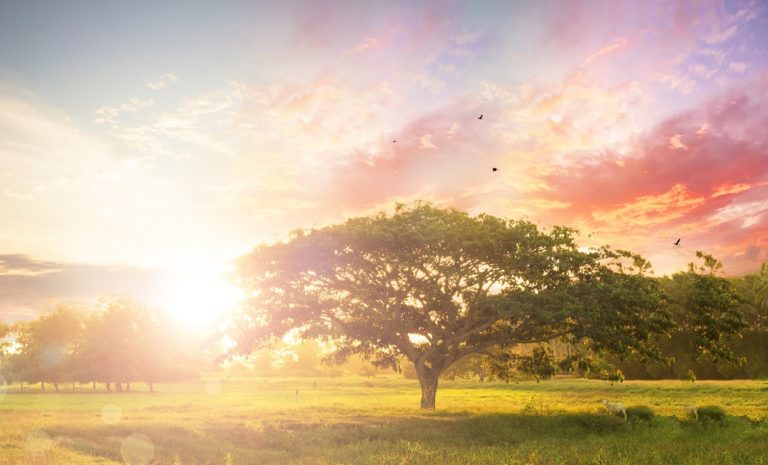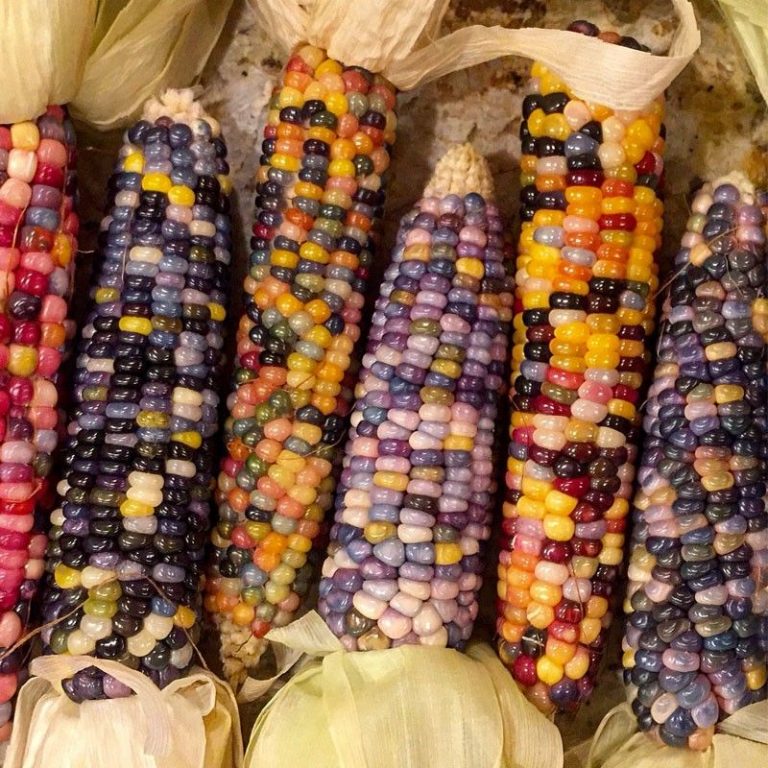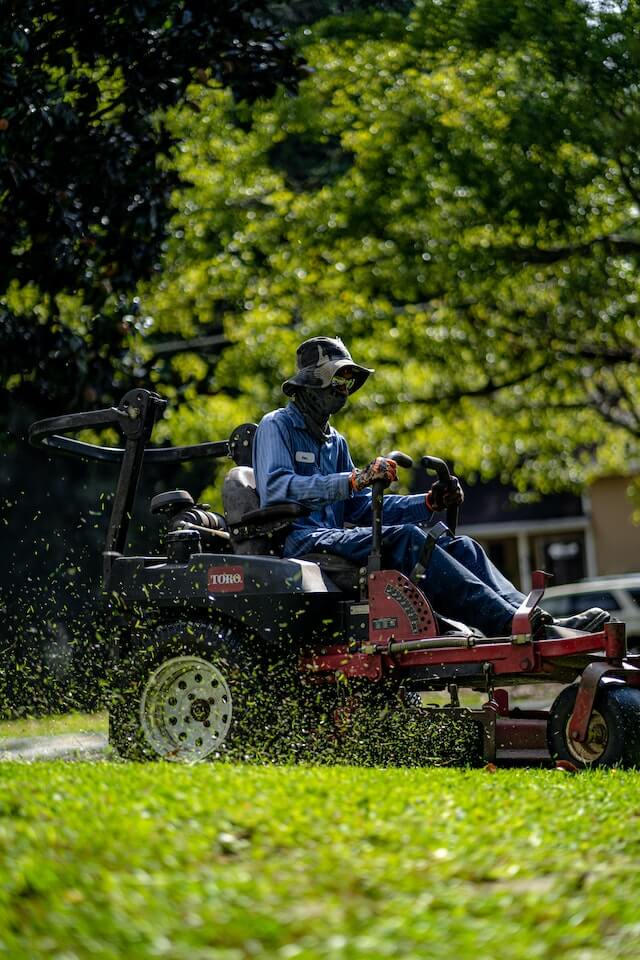Ash trees are some of the landscape’s most versatile and beautiful trees. They can be found in various climates and habitats, from woodlands to prairies, wetlands to urban parks. Their attractive shape, dense foliage, and vibrant autumn colors make them ideal for landscaping projects.
Ash trees also offer numerous practical benefits-they provide food for wildlife; they act as windbreaks or living fences; their strong wood is used for furniture making and firewood; and their leaves can be used as mulch or composted into soil amendments.
Given enough space, an Ash tree can reach its full potential, growing to 40 to 60 feet in height, with some species even going as high as 80 feet, with a spread of around 25 feet. It’s one of the most effective ways to up your home’s curb appeal, not to mention give you a lovely tree to spy on every morning. This article will explore all you need to know about ash trees – from identifying species to planting tips!
Ash Tree History
Ash trees are native to the Northern Hemisphere and are part of the genus Fraxinus. This group has 13 species, primarily found in North America. It has been a famous tree for landscaping since early settlers arrived from Europe in the 1600s and brought over varieties of ash trees. Alongside the cedar tree, which is used for furniture making and firewood, and the poplar tree, which is used in construction and paper making, ash trees were highly valued by the settlers. Here are some of the most known species.
Different Types of Ash Trees
Ash trees belong to the Oleaceae, making them a relative of Olive trees. Ash trees are highly distinguishable by their opposing branches and compound leaves. Like deciduous trees, ash tree leaves and flowers contain both male and female reproductive parts, with each tree being a ‘boy’ tree or a ‘girl’ tree.
Female ash trees have flowers that produce winged seeds that float into the air and pollinate male ash trees in the vicinity.
For home gardeners, ash trees can be found in local gardening stores or plant nurseries, with young specimens usually being around a year old and ranging between 2 feet to 5 feet in height. Different species of ash trees will have different characteristics that set them apart from one another.
White Ash
The tallest Ash tree in the family, White Ash, also known by its scientific name Fraxinus Americana, can grow up to 80 feet in height, and usually flourish in mild to moderate climates. Native to the Eastern Coast of the United States, white Ash tree barks are distinctive for their grayish color, maturing into a rounded crown as it gets older.
White Ash tree flowers, usually purplish or green in color, come out during the spring before its foliage reappears, growing in clusters of winged seeds that mature by autumn.
In autumn, ash tree leaves change color to yellow, turning into purple-red as it approaches winter. White ash tree leaves also have a whitish hue in its underside, making it one of the most colorful species of ash tree out there.
Green Ash
Much like its cousin, the Green Ash, also known by its scientific name Fraxinus Pennsylvanica, can grow tall, with many of its species growing to 70 feet in full maturity. It’s often mistaken for White Ash trees because of their similar appearance, but the Green Ash, true to its name, has greener leaves which turn yellow in the fall.
They also have a rounded crown when they mature, and the Green Ash tree flowers appear in spring after the growth of its foliage.

Black Ash
Native to the Northeastern part of the country, Black Ash, or Fraxinus Nigra, grows slower and smaller than its green and white counterparts, reaching only 60 feet in full maturity. Black Ash develops a rounded crown with green foliage when it is fully matured, but unlike its other Ash tree relatives, it can tolerate wetter, more humid conditions better.
Black Ash tree leaves grow out later than White and Green Ash, appearing in late spring rather than early spring. Winged seeds and flowers develop during the fall, and the Black Ash tree’s bark is softer than the other Ash trees.
Blue Ash
Blue Ash is one of the rarest species of ash trees, and it’s known for its inner bark that turns blue when exposed to air. It grows up to 75ft in height and has clusters of 7-12 leaves. It’s easily identified by its unique bark and leaves, which have a silvery sheen.
Compared to other deciduous trees, ash trees are relatively easy to care for. Make sure to give them plenty of sun and water and an adequate amount of fertilizer and mulch to help the roots stay healthy. Many species of ash trees are susceptible to pests, so check your tree regularly and treat it accordingly.
Recent studies have shed light on the genetics and evolution of ash trees, offering insights into the diversity and resilience of these remarkable trees. Researchers have shown that ash trees have a complex genome, with many unique genetic variations that allow them to adapt to various environments and resist pests and diseases.
Growing Conditions for the Ash Tree
Ash trees thrive in moderate climates and require lots of sun, with the Black Ash requiring the most sun of the three different types. While all three ash tree types thrive the most in rich, well-drained soil that’s moistened often, it can tolerate dry conditions fairly well, with White Ash trees being the hardiest to drought among the three. However, for optimal growth, it’s best to keep the soil around the Ash Trees roots moist with regular watering.
Ash Tree Uses and Planting Considerations
Ash Trees are big trees, with their spread being just as impressive as their height. When choosing where to plant an Ash Tree, consider how big they’ll get when they’ve fully matured, which means watching out for obstructions like houses or power lines or other trees. It’s best to plant your Ash tree as a showpiece display, separated from other trees to give room for its spread and height, and highlighting how impressive the tree truly is.
It’s easily one of the best home upgrades that can change your life, as the tree adds not just curb and visual appeal, but also provide shade and wildlife into your property.
When planting, try not to go deeper than when it was growing inside its original container. This is because deep planting can put undue stress on its roots, leading to sub-prime growth and even an early demise. Ash trees, like most trees, are highly susceptible to wind damage, so it’s best to plant them in areas with low winds as Ash tree branches can become quite the hazard should they break free and fly into your house.
Ash tree flowers attract different kinds of birds, so if you’re looking for a tree that can add to the wildlife in your yard, it’s the perfect plant. They have a lot of leaves, so be prepared to rake them all up when winter comes around. They also drop a lot of seeds which, if left unchecked, will grow into trees themselves.

Ash Tree Companion Plants
When planting ash trees, it’s important to choose companion plants that will help the tree thrive. Good choices include herbs and flowers such as lavender, yarrow, and daisies. These will not only help the tree grow but also attract beneficial insects that can help to keep pests at bay. If you plan to have other trees in the area, select varieties that won’t require too much water or compete for the same resources. For example, a coconut tree would be a great choice for an ash tree, providing some needed shade in the hot summer months.
How to Care for Ash Trees
Ash trees are hardy, but when they’re properly maintained and cared for, they can thrive into one of the most impressive trees in any garden and are easily one of those home upgrades people don’t really think of. Make sure to keep the soil around the tree regularly moist, with organic mulch around the plant site to prevent weed growth. However, make sure to keep the mulch a few inches away from the trunk to minimize the risk of the Ash tree developing a disease.
Fertilizing an Ash Tree
Ash trees usually do not require regular fertilization, with an annual application around the fall being the best time to do it, as this helps the tree prepare for winter. Ash trees don’t require any special fertilizer; just your run-of-the-mill, all-purpose tree fertilizer is fine. Apply this as per package directions on the underside of the trees canopy and evenly over the planting site.
Pruning an Ash Tree
Major corrective pruning is best done to younger ash trees during the fall. Pruning helps trees develop better form and stronger structures, and it’s important to do this as early as possible for your ash trees. Be aware of suckers and prune them off if you find one by cutting them off flush to the trunk. Dead, damaged branches should also be pruned off, as well as branches that might cross each other’s path.
A note about pruning: always make sure to make your pruning cuts a few inches above the dead parts of the branch so that you cut off any dead cells off the tree completely.
Ash Tree Pests and Diseases
However, despite their genetic diversity, ash trees face numerous threats from invasive pests and diseases. The emerald ash borer, an invasive beetle originating in Asia, is responsible for devastating many ash populations across North America. This pest has no natural predators in North America and can kill healthy ash trees within a few years of infestation.
Other diseases, such as ash dieback, caused by a fungal pathogen, have also been spreading throughout Europe and North America, posing a severe threat to the survival of many ash species. This disease manifests as leaf loss, twig and stem necrosis, and crown dieback, ultimately leading to the tree’s death.
Identifying and treating these pests and diseases early on is vital in keeping ash trees healthy. This can be done by regularly inspecting the tree’s leaves, bark, and crown. If you see signs of an infestation or disease, such as unusual discoloration, wilting, or dead branches, contact a certified arborist to assess the situation and recommend a treatment plan.
Propagating Ash Trees (Seeds And Cutting Methods)
If you’re looking to propagate your own ash trees, there are many popular safety tips for gardening. But there are two main methods you can use: seeds and cuttings.
From Seeds
Propagating from seeds is the most common method and can be done either in a nursery or outdoors. The best time to collect ash tree seeds is in late autumn when the fruits ripen and turn brown. The seeds should then be cleaned and stored in a cool, dry place until planting time in spring or early summer.
From Cuttings
Propagating from cuttings is the fastest and most efficient method of ash tree propagation. Cuttings should be taken in early summer when the trees are actively growing. The cuttings should be around 6 to 8 inches long and should be taken from the current season’s growth. The cuttings should then be placed in moist soil and kept in a warm, sunny location to encourage rooting.
Ash Trees are Fussy Giants
While Ash trees are hardy, they can also be fussy; owning and maintaining an ash tree does require you to check up on it every so often to check on damaged branches or marks of disease in the trunk. Because of its size, Ash trees can develop mold or attract pests in areas that you might miss if you give it just a cursory glance.
Try to inspect your Ash trees nooks and crannies at least once a month, if only to make sure that the tree is growing as healthy as possible.
Benefits And Uses Of Ash Tree
In addition to their aesthetic value, ash trees provide numerous practical benefits and uses. They are a great food source for wildlife, with the seeds providing sustenance for birds, squirrels, and other animals.
Ash trees are also a great source of firewood and have been used to make furniture for generations. And their leaves can be used as mulch or composted into soil amendments, making them a great addition to any garden or landscape. Of course, they serve as homes for countless species of insects and birds, making them a valuable part of any natural ecosystem.
Bottom Line
Ash trees are essential to the landscape, offering many practical and aesthetic benefits. From providing food for wildlife to making furniture and firewood, ash trees are an invaluable resource. They are also relatively easy to care for and propagate, making them a great addition to any garden or landscape. With proper care, ash trees can be enjoyed for generations to come.
Frequently Asked Question
1) How long does a green ash tree live?
Green Ash trees typically have a lifespan of 120-175 years. However, this can vary depending on the growing conditions and pest/disease infestations.
2) Are there any types of ash resistant to emerald ash borer?
Some species are more resistant to emerald ash borer than others. These include Blue Ash, which has a thicker bark that is more difficult to penetrate. Some ash trees are also unaffected due to not being in areas where the beetle has been introduced.
3) Do ash trees need lots of water?
Ash trees are relatively drought-tolerant. They do not require a lot of water, but they should be watered regularly to promote healthy growth. Check soil moisture levels before watering and provide enough water for the tree’s needs.
4) What is the average size of an ash tree?
The average size of an ash tree varies depending on the species. But generally, ash trees can reach heights of up to 80 feet. The average width is around 40-50 feet.
5) Do ash trees grow back after being cut down?
In most cases, ash trees can regrow after being cut down. However, this depends on how much of the tree was removed and the health of the tree. If you want to ensure growth, check with a certified arborist before cutting down any trees.







